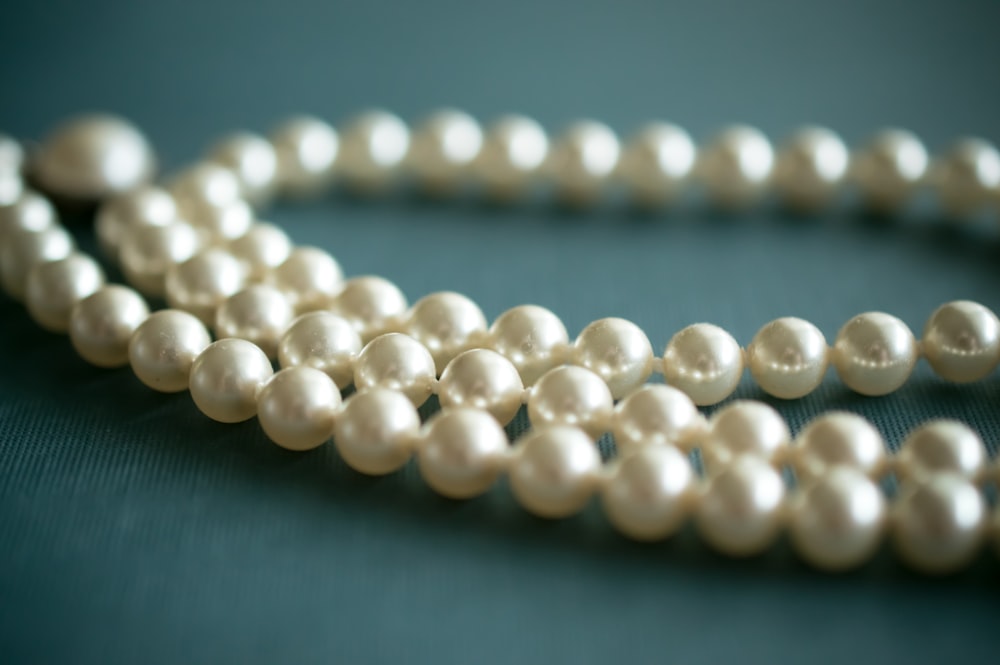The cost of pearl jewellery can be affected by several factors, including the type of pearl, the size of the pearl, the quality of the pearl, the colour of the pearl, and the lustre of the pearl, the shape of the pearl and more.
Let’s take a closer look at each of these factors.
1. The Type Of Pearl:
The most common types of pearls are Akoya pearls, South Sea pearls and Tahitian pearls. Akoya pearls are typically smaller in size and have a more traditional round shape. South Sea pearls are larger and can come in a variety of shapes, including round, oval and baroque.
Tahitian pearls are typically the most expensive, due to their rarity and unique colouration.
2. The Size Of The Pearl:
The size of a pearl can also affect its cost. Generally speaking, the larger the pearl, the more expensive it will be.
3. The Quality Of The Pearl:
The quality of a pearl is determined by several factors, including its lustre, nacre thickness and surface quality. Pearls with high levels of lustre and thick nacre are typically more valuable than those with lower levels of these qualities.
4. The Colour Of The Pearl:
The colour of a pearl can also affect its value. Pearls come in a wide range of colours, from white to black and everything in between. The most valuable pearls are typically those with rare and unique colours, such as blue, green or pink.
5. The Lustre Of The Pearl:
The lustre of a pearl is a measure of its shine and reflectivity. Pearls with high levels of lustre are typically more valuable than those with lower levels of lustre.
6. The Shape Of The Pearl:
The shape of a pearl can also affect its value. Pearls come in a variety of shapes, including round, oval and baroque. The most valuable pearls are typically those with rare and unique shapes.
7. The Surface Quality Of The Pearl:
The surface quality of a pearl is determined by its smoothness and lack of blemishes. Pearls with high surface quality are typically more valuable than those with lower surface quality.
8. The Nacre Thickness Of The Pearl:
The nacre thickness of a pearl is a measure of its strength and durability. Pearls with thick nacre are typically more valuable than those with thin nacre.
9. Whether The Pearls Are Natural Or Cultured:
Natural pearls are those that have formed without any human intervention. Cultured pearls are those that have been cultivated by humans, usually on pearl farms. Natural pearls are typically rare and therefore more valuable than cultured pearls.
10. Where The Pearls Are Sourced From:
The region where a pearl is sourced can also affect its value. Different types of pearls are found in different parts of the world. For example, Akoya pearls come from Japan, while Tahitian pearls come from French Polynesia.
Generally speaking, pearls from rare or hard-to-reach locations will be more expensive and more valuable than those from other regions.
11. The Certification Of The Pearl:
If you’re buying a high-priced pearl, you’ll want to make sure that it comes with a certificate of authenticity from a reputable organization such as the Gemological Institute of America (GIA). This will guarantee that the pearl is genuine and give you an idea of its value.
12. The Setting Of The Pearl:
The setting is how the pearl is attached to the jewellery piece. Some settings (such as a bezel setting) protect the pearl better than others (like a prong setting), so they tend to cost more.
As you can see, several factors can affect the cost of pearl jewellery. When purchasing pearl jewellery, it is important to keep these factors in mind to get the best value for your money.
For related articles such as wearing pearls, just check it out by clicking.

